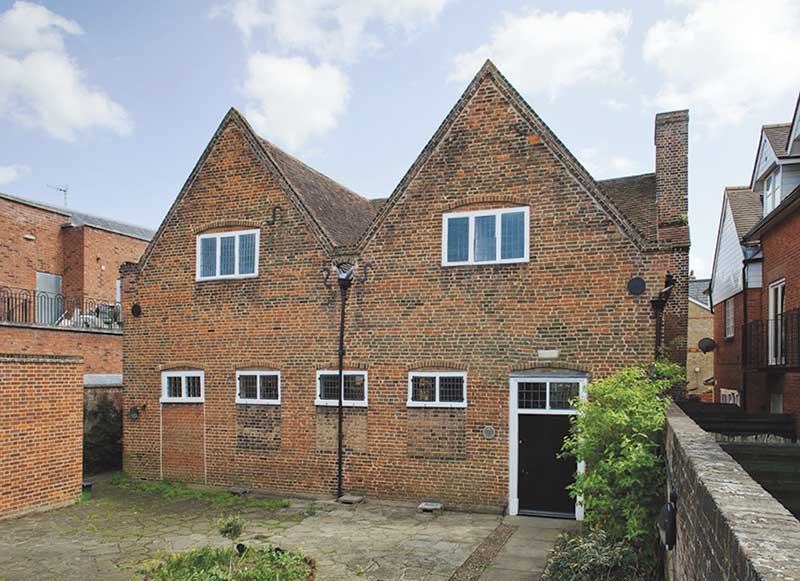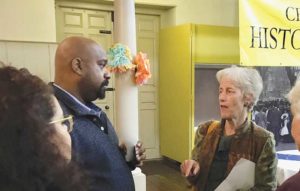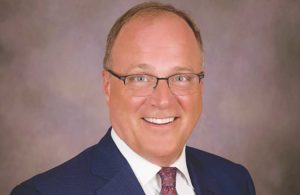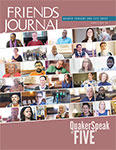
Quaker meetinghouses recognized by Historic England
On May 12, 11 Quaker meetinghouses across England were granted listed status by the Department for Digital, Culture, Media and Sport (DCMS) on the advice of Historic England. Six additional meetinghouses were given greater protection and recognition by having their listed status upgraded.
“Quaker meeting houses are precious pockets of calm in an otherwise hectic world,” said Duncan Wilson, Historic England’s chief executive. He continued:
I’m delighted to see their quiet simplicity celebrated through listing. They are a largely unsung group of fascinating and surprisingly varied buildings that reflect the history, attitudes and ethos of the Quaker movement. While many still serve their Quaker communities, their historic charm and flexible spaces are also enjoyed by lots of other groups, visitors and passers-by and they deserve to be protected for future generations.
The National Heritage List for England is held and managed by Historic England on behalf of the Government and Secretary of State for DCMS. It identifies the buildings, sites, and landscapes that receive special protection, so they can be enjoyed by current and future generations. There are 400,000 items on the list, with three grades of listing: Grade II, Grade II*(star), and Grade I. In England, over 250 meetinghouses are protected as listed buildings, although not all of these are still in use by Quakers.
The 11 Quaker meetinghouses new to the list were given Grade II status; five meetinghouses were upgraded from Grade II to Grade II*.
One meetinghouse, Hertford, was upgraded to Grade I. Hertford was built in 1670 and is the earliest surviving purpose-built Quaker meetinghouse in the world still in Quaker use.
The most recently built meetinghouse recognized was the 1970s concrete meetinghouse in London’s Blackheath.
“I am delighted that Quaker places of worship are recognized as important elements in our national heritage,” commented Ingrid Greenhow, representing Quakers in Britain. “It is particularly heartening to see examples of nineteenth- and twentieth-century meeting houses being listed. Our meeting houses continue to be centers for our faith and witness today.”
Historic Fair Hill celebrates 25 years

On May 5, the Historic Fair Hill organization celebrated its twenty-fifth anniversary with an event at the Arch Street Meeting House in Philadelphia. About 70 guests were present.
Signe Wilkinson was a featured speaker; she spoke about the 4 F’s: Family, Friends, Fair Hill, and Faithfulness. Wilkinson, a Philadelphia Daily News and Philadelphia Inquirer cartoonist, has been a trustee and regular contributor to Historic Fair Hill.
First established in 1703, Fair Hill Burial Ground is home to Lucretia Mott and other notable Quakers. But by the 1980s, the properties had been sold and had fallen into disrepair. Residents of the neighborhood contacted Philadelphia Yearly Meeting, and over the course of two years, volunteers transformed the abandoned lot into a garden. Since this initial encounter in 1994, Historic Fair Hill became a nonprofit associated with Historic Germantown and has worked to revitalize Fair Hill with community gardens, a reading buddies program, libraries at nearby schools, and community engagement through seasonal events.
Historic Fair Hill executive director Jean Warrington, a member of Chestnut Hill Meeting in Philadelphia, Pa., also spoke at the anniversary event.
Phil DeBaun new CEO of Foulkeways at Gwynedd

Phil DeBaun began his term as the chief executive of Foulkeways at Gwynedd on June 1. He replaces Mike Peasley who retired after a five-year term.
Foulkeways is a Quaker continuing care retirement community (CCRC) in Gwynedd, Pa. It opened in 1967, making it the first CCRC in Pennsylvania and one of the first Quaker CCRCs in the country.
DeBaun had previously served for 13 years as CEO of Kendal-Crosslands Communities in Kennett Square, Pa. He has been a board chairman of LeadingAge, an advocacy group for the aging. He has a background in banking, specializing in loans to retirement communities.
“I’m attracted to the opportunity to lead a pioneering community in our field with an unparalleled record of innovation and success in serving older people,” said DeBaun. “I plan to make strong connections with the residents and staff that make this community, and to move it forward in the strategic direction set for it by its board of directors.”





Comments on Friendsjournal.org may be used in the Forum of the print magazine and may be edited for length and clarity.